Tipping European tour guides is a thoughtful way to express gratitude for exceptional service. While not always mandatory, it is deeply appreciated and varies across regions.
This guide will help you navigate tipping customs, ensuring you show appreciation appropriately while respecting local traditions and avoiding awkward situations during your European travels.
Overview of Tipping Customs in Europe
Tipping customs in Europe vary significantly by country and region, reflecting cultural and economic differences. In some areas, tipping is expected and generously rewarded, while in others, it is less common or even included in the service charge.
Generally, tips are modest, ranging from 5% to 15% of the service cost, depending on the quality and type of tour. Cash is the preferred method, as not all guides accept card payments. Tipping customs are shaped by local wages, cost of living, and historical practices.
Understanding these nuances is essential for travelers to show appreciation appropriately without overpaying or underpaying. While tipping is not always mandatory, it is a thoughtful way to acknowledge exceptional service and enhance your travel experience.
Why Tipping is Important for Tour Guides
Tipping is a vital way to show appreciation for tour guides’ hard work and dedication. Many guides rely on tips to supplement their income, as their base pay may be modest. A thoughtful tip reflects satisfaction with the tour’s quality and the guide’s effort to enhance your experience.
Additionally, tipping incentivizes guides to provide exceptional service, creating a positive feedback loop. It also fosters a personal connection, acknowledging their role in making your trip memorable. While not mandatory, tipping is a meaningful gesture that supports local workers and aligns with cultural norms in many European countries.
How Tipping Varies Across European Countries
Tipping practices for European tour guides vary significantly across the continent, reflecting diverse cultural norms and economic conditions.
In Western Europe, countries like France and Germany typically see modest tips of 5-10%, while Southern Europe, including Italy and Spain, may expect 10-15% for outstanding service.
Eastern European nations, such as Poland and Croatia, have less established tipping customs, but 5-10% is still appreciated.
In Northern Europe, like the UK and Scandinavia, tipping is less customary but remains a thoughtful gesture.
Researching local customs ensures travelers can show appreciation appropriately, enhancing their cultural experience and relationships with guides.
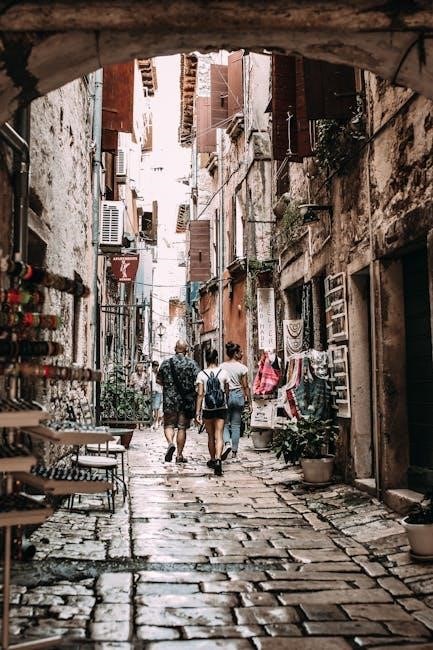
Regional Tipping Customs in Europe
European tipping customs vary significantly by region, with Southern Europe favoring higher tips, Northern Europe being more modest, and Eastern Europe having less defined expectations.

Western Europe: France, Germany, and Beyond
In Western Europe, tipping tour guides is a common practice, with France and Germany leading the way. In France, a tip of €5 to €10 per person is customary for a half-day tour, while in Germany, €10 to €15 per person is standard for a full-day tour. Other countries like Belgium and the Netherlands follow similar guidelines, expecting around €5 to €10 per person for half-day tours. These amounts reflect the high quality of service expected in these regions, where tour guides often provide detailed historical insights and exceptional hospitality. Tipping in cash is preferred, as it ensures the guide receives the full amount immediately. Additionally, tips can be adjusted based on the group size and the guide’s performance, with larger groups sometimes tipping a bit more to acknowledge the effort required to manage everyone. Overall, Western Europe’s tipping customs emphasize generosity and appreciation for a job well done, making it a key aspect of the tourism culture in these countries.
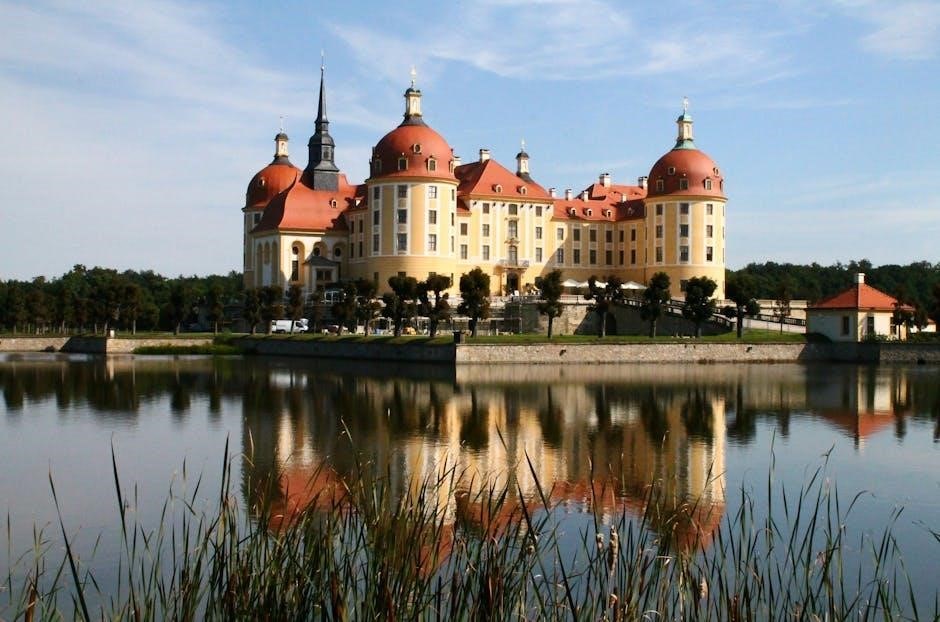
Southern Europe: Italy, Spain, and Greece
In Southern Europe, tipping tour guides is a common practice, with Italy, Spain, and Greece having similar customs. In Italy, tipping €5 to €10 per person for a half-day tour is customary, while in Spain, €10 to €15 per person is typical for a full-day tour. Greece follows a similar pattern, with tips ranging from €5 to €10 per person for half-day tours. These amounts are considered fair for the high-quality service provided, often including detailed historical insights and local recommendations. Tipping in cash is preferred, as it ensures the guide receives the full amount immediately. Additionally, tips can be adjusted based on the guide’s performance and the group’s satisfaction, reflecting the region’s emphasis on hospitality and gratitude;
Eastern Europe: Poland, Croatia, and Hungary
In Eastern Europe, tipping practices for tour guides vary but generally remain modest. In Poland, tipping around 5-10% of the tour cost is customary, reflecting the country’s growing tourism industry. Croatia, a popular destination, sees tips ranging from 10-15% for excellent service, especially in historic cities like Dubrovnik. Hungary follows a similar trend, with tips of 5-10% appreciated for knowledgeable guides. Cash is the preferred method, ensuring guides receive the full amount. These tips are considered gestures of gratitude for insightful tours, highlighting the region’s rich history and culture. Adjustments can be made based on service quality, aligning with the region’s evolving tourism norms. Tipping in Eastern Europe is a thoughtful way to acknowledge a guide’s effort and expertise.
Northern Europe: UK, Scandinavia, and the Baltics
Tipping customs in Northern Europe vary significantly. In the UK, tipping tour guides is customary, with 10-15% of the tour cost considered standard, especially in London. Scandinavia, including countries like Sweden and Norway, typically includes service charges, so smaller tips of 5-10% are sufficient. The Baltics, such as Estonia and Latvia, follow similar patterns, with tips ranging from 5-10% for guided tours. Cash is often preferred, though cards are widely accepted in larger cities. Tipping amounts may increase for private tours or exceptional service. Understanding these regional nuances ensures respectful and appropriate gestures of gratitude during your travels in Northern Europe. Local customs and service quality remain key factors in determining tip amounts.
Specific Country Guidelines
Each European country has unique tipping customs. France, Germany, Italy, Spain, and the UK have distinct tipping norms, typically ranging from €5-15 per person or 10-15% of the tour cost.
France: Tipping Etiquette for Tour Guides
In France, tipping tour guides is not mandatory but is appreciated for excellent service. For guided tours, €10-€15 per person for a half-day tour and €20-€25 for a full-day tour is customary. Private tours may warrant higher tips, around €40-€60 per group. Cash is preferred, as not all guides accept card payments. If the tour is prepaid, a smaller tip of €5-€10 is still a kind gesture. Tipping drivers separately, typically €5-€10, is also considered polite. These amounts reflect local customs and ensure your appreciation for their expertise and effort in making your experience memorable.
Germany: How Much to Tip Your Guide
In Germany, tipping tour guides is not mandatory but is considered polite for excellent service. For a half-day tour, €5-€10 per person is standard, while a full-day tour typically warrants €10-€15 per person. Private tours or exceptional service may call for higher tips, around €20-€30 or more, depending on the group size and quality of the tour. Cash is the preferred payment method, as not all guides accept cards. These guidelines help ensure your appreciation is appropriately expressed, reflecting local customs and the value provided by your guide.
Italy: Tipping Tour Guides in Rome, Florence, and Venice
In Italy, tipping tour guides is not mandatory but is widely appreciated for exceptional service. For guided tours in cities like Rome, Florence, and Venice, tipping €10-€20 per person for a half-day tour and €20-€30 for a full-day tour is customary. Private tours or specialized guides may warrant higher tips, up to €30-€50 per person. Cash is the preferred method, as not all guides accept card payments. Group size also influences the total tip, with larger groups pooling contributions. These amounts reflect the high quality of service and the guide’s expertise in bringing Italy’s rich history and culture to life. Tipping is a thoughtful way to express gratitude for an unforgettable experience.
Spain: Customary Tips for Guided Tours
In Spain, tipping tour guides is customary but not obligatory. For guided tours, a tip of €5-€10 per person is considered standard for half-day tours, while full-day tours typically receive €10-€15 per person. Private tours or specialized guides may expect higher tips, ranging from €15-€25 per person. Cash is the preferred method, as many guides rely on tips to supplement their income. Group sizes can influence the total amount, with larger groups often pooling contributions. These guidelines ensure that guides feel appreciated for their efforts in showcasing Spain’s vibrant culture, history, and landmarks. Tipping reflects satisfaction with the service provided during the tour.
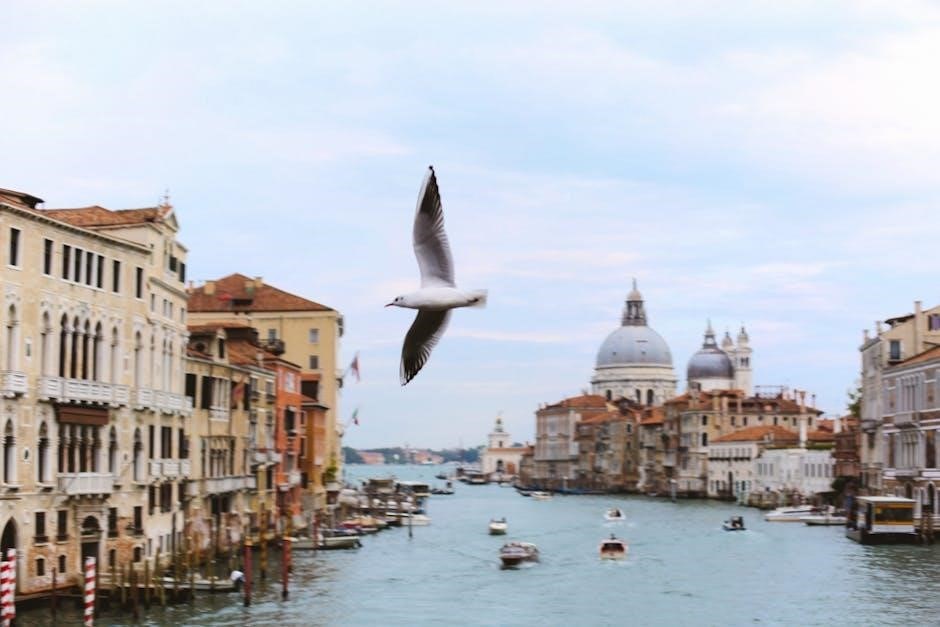
UK: Tipping Culture in London and Beyond
Tipping in the UK is generally less customary than in some other European countries, but tour guides still appreciate recognition for excellent service. For guided tours in London and beyond, tipping around £10-£15 per person for a full-day tour is considered polite, while £5-£10 is suitable for half-day excursions. Private tours may warrant higher tips, up to £20 per person, reflecting the personalized attention. Cash is the preferred method, though some guides accept card payments. Group sizes influence the total amount, with participants often contributing individually. Tipping is not mandatory but serves as a gesture of gratitude for insightful and engaging tours. This practice aligns with the UK’s tipping culture, which emphasizes discretion and appreciation without strict obligations.
Factors Influencing Tipping Amounts
Group size, tour length, and service quality significantly impact tipping amounts, as larger groups may split tips, while longer tours or exceptional guides warrant higher contributions.
Group Size and Its Impact on Tips
Group size significantly influences tipping amounts for European tour guides. In larger groups, tips are often split among participants, reducing individual contributions. For example, in a group of 20, each person might tip €2-€5, while in a private tour, a single traveler might tip €10-€20. Smaller groups or private tours typically result in higher tips per person, as the guide’s attention is more personalized. Service quality remains a key factor, but group size inherently affects the total amount collected. Understanding this dynamic helps travelers budget appropriately and ensures fair compensation for guides based on the group’s size and the tour’s overall experience.
Length and Type of Tour
The length and type of tour significantly impact tipping amounts for European tour guides. Longer tours, such as multi-day excursions, often warrant higher tips due to the guide’s extended time and effort. For example, a half-day tour might earn a tip of €10-€20, while a full-day tour could merit €20-€30 or more. Additionally, specialized tours, such as private or luxury tours, may require higher tips due to the personalized nature of the service. Tips can also vary based on the tour’s intensity, such as hiking or cultural immersion tours, where guides may deserve more for their expertise and physical engagement. Ultimately, the tip should reflect the tour’s duration, type, and overall value provided by the guide.
Quality of Service and Guide Performance
The quality of service and the guide’s performance are key factors in determining tip amounts. Exceptional knowledge, enthusiasm, and personalized attention significantly enhance the tour experience, warranting higher tips. Guides who go above and beyond, such as providing unique insights or handling challenges gracefully, deserve increased recognition; Conversely, if the service is subpar or impersonal, tipping less or not at all may be appropriate. A guide’s ability to engage the group and tailor the tour to their interests greatly influences the tipping decision. For outstanding service, tipping on the higher end of the recommended range is encouraged, ensuring your appreciation is clearly expressed. This approach fosters a positive interaction and reflects the value you place on their expertise and effort.
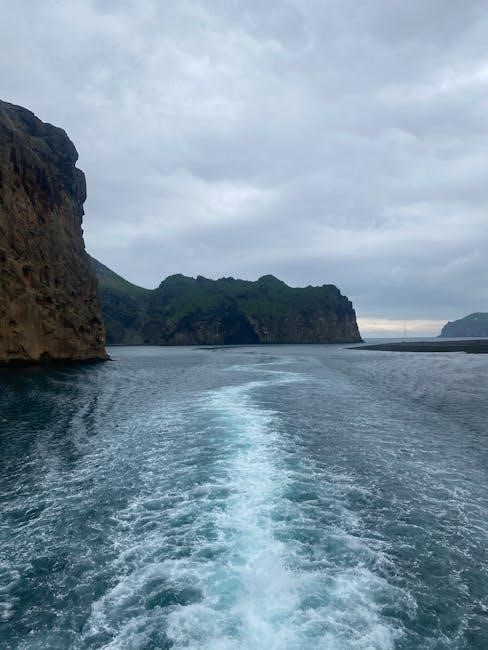
Practical Tips for Tipping Tour Guides

Research local tipping customs, use cash for convenience, and consider group size when deciding amounts. Adjust based on service quality and personal satisfaction for a fair tip.
How to Determine a Fair Tip
Determining a fair tip for European tour guides involves considering the tour’s length, type, and quality of service. For shorter tours (1-2 hours), €5-€10 per person is standard, while longer or more specialized tours may warrant €15-€25. Group size also plays a role; larger groups can tip less per person, but the total should reflect the guide’s effort. Service quality is key—excellent knowledge, enthusiasm, and personalized attention justify higher tips. Adjust based on local economic conditions, as living costs vary across countries. Tipping is a personal gesture, so consider your satisfaction and budget when deciding the final amount.
Cash vs. Card: Preferred Payment Methods
When tipping European tour guides, cash is often the preferred method as it ensures the guide receives the full amount immediately. Many guides rely on cash tips due to its simplicity and lack of processing fees. However, in larger cities or with established tour companies, card payments may be accepted, though this is less common. Some guides might even prefer cash to avoid potential fees or delays in receiving payments. Always check with your guide or tour operator to confirm their preference. Offering cash is generally the safest and most appreciated method, ensuring your gratitude is directly received.
When to Tip During the Tour
The ideal time to tip your European tour guide depends on the tour’s structure. For shorter tours, such as walking tours lasting 1-2 hours, it’s customary to tip at the end as a sign of appreciation. For longer, multi-day tours, consider tipping at the end of each day or the final day, ensuring your satisfaction with the service provided. Some travelers prefer to tip incrementally to show ongoing appreciation, while others wait until the tour concludes. Regardless of timing, ensure the tip reflects the quality of service received. Tipping during the tour can also motivate the guide to provide even better service, enhancing your overall experience.
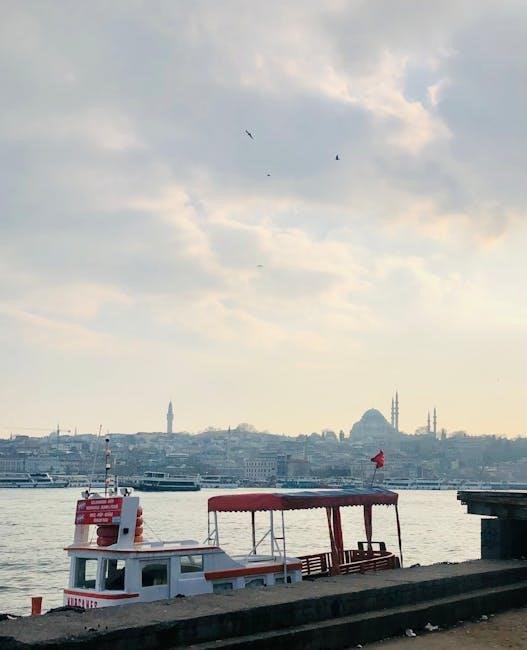
Common Mistakes to Avoid
Avoid assuming tips are included in tour prices or over-tipping, which can create awkwardness. Also, not adjusting tips based on local economic conditions is a mistake.
Assuming Tipping is Included in the Tour Price
One common mistake is assuming tipping is included in the tour price. While some companies may include gratuities, many do not, leaving guides reliant on tips.
Always verify with the tour operator beforehand. If tipping is not included, consider the guide’s performance and regional customs when deciding the amount.
For exceptional service, 10-15% of the tour cost is a fair benchmark. Cash is often preferred, as it directly benefits the guide rather than the company.
Remember, tipping is optional but appreciated, especially for smaller, independent operators where guides may earn lower base wages.
Over-Tipping or Under-Tipping

Over-tipping or under-tipping can create awkward situations and may not reflect your true appreciation for the service. Researching local customs is key to avoiding these mistakes.
In some countries, over-tipping can set unrealistic expectations, while under-tipping may undervalue the guide’s effort. Aim for a fair amount based on regional standards and the quality of service.
For example, in Western Europe, 10-15% of the tour cost is typical, while in Eastern Europe, smaller amounts are customary. Adjust your tip according to the guide’s performance and local economic conditions.
Being mindful of these nuances ensures your gesture is respectful and appropriate, showing genuine gratitude without overstepping cultural norms.
Not Considering Local Economic Conditions
Ignoring local economic conditions can lead to inappropriate tipping amounts. In countries with lower wages, tips are crucial for tour guides, while in wealthier regions, smaller tips may suffice.
For instance, in Eastern Europe, where incomes are generally lower, tipping is more significant and appreciated; In contrast, in Western Europe, where wages are higher, smaller amounts are often sufficient.
Researching the economic context of your destination helps you tip fairly. Aim to tip 5-10% in higher-wage countries and 10-15% in regions where guides rely more on tips for their livelihood.
Being considerate of these differences ensures your tip reflects local realities, showing respect for the guide’s efforts and the local economy.
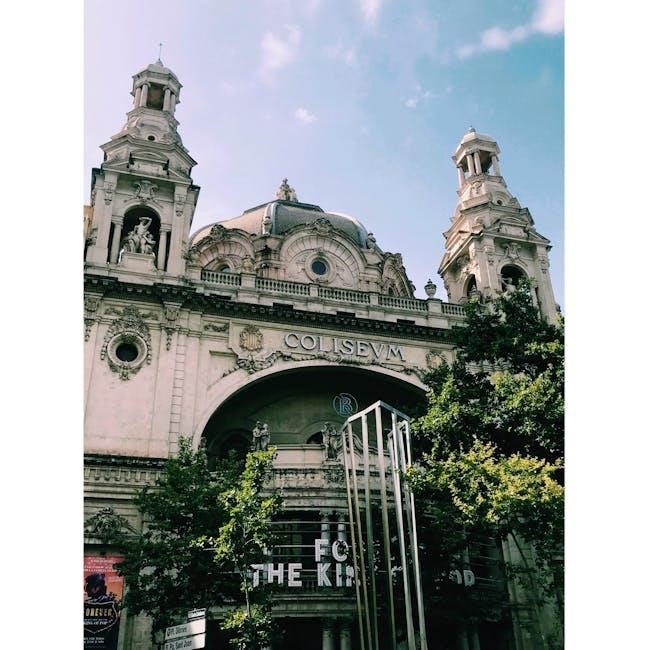
Tipping European tour guides is a thoughtful way to show appreciation, respecting local customs and enhancing your travel experience through cultural sensitivity and generosity.
Key Takeaways for Tipping European Tour Guides
Tipping customs vary significantly across Europe, so research your destination beforehand to ensure appropriate gestures. Tips are not always mandatory but are deeply appreciated, especially in countries where service charges are not included. For guided tours, consider the guide’s performance, tour length, and group size when determining the amount. Cash is often the preferred method, as not all guides accept card payments. Aim for 10-15% of the tour cost or a few euros for shorter tours. Remember, tipping is a way to express gratitude for exceptional service and cultural insight. By being mindful of local norms, you can enhance your travel experience and show respect for your guides’ hard work and expertise.
Final Thoughts on Tipping Etiquette
Tipping European tour guides is a meaningful way to acknowledge their dedication and enhance your travel experience. While practices vary, understanding local customs ensures your gestures are respectful and appreciated. Remember, tipping is optional but often expected, reflecting the quality of service received. By being informed and considerate, you contribute to a positive cultural exchange. Always choose an amount that feels fair based on your experience, and don’t hesitate to show gratitude in ways that align with local traditions. This approach fosters mutual respect and enriches your journey through Europe’s diverse landscapes and cultures.

